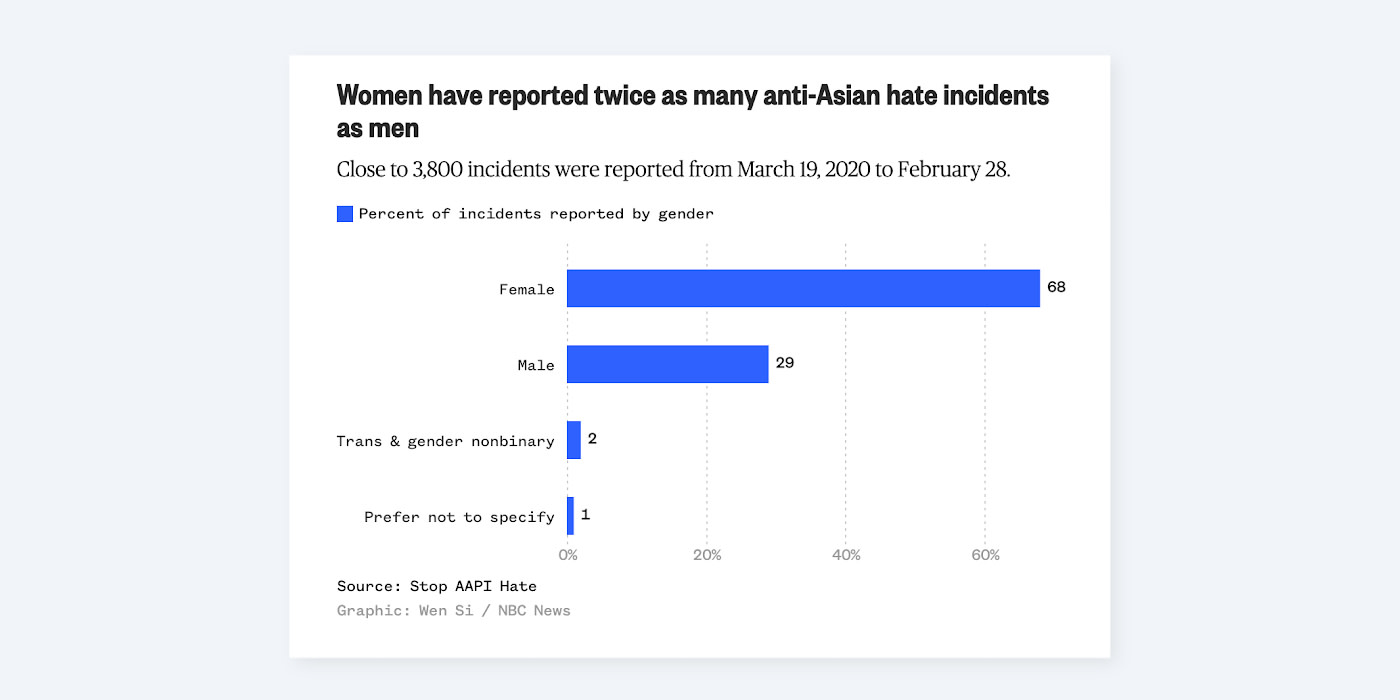Confessions From a Gen Z Asian-American Woman on Entering the Workforce
A Gen Z Asian-American woman shares her experiences navigating the balance between two cultures, breaking through the "bamboo ceiling," and prioritizing work-life balance while striving for professional success.

As a first-generation Asian-American, my parents emphasized the importance of assimilating into North American culture, remaining quiet, and putting in hard work. Their intention was to teach me that success comes from outworking others and, by following this path, we would gain acceptance into society.
I still vividly remember the feeling of embarrassment when bringing food to school and throwing it out because it was different than what my classmates had, the experience of when my classmates copied my homework under the assumption that I was good at math, and strangers automatically misidentifying me as a person of Chinese descent when I’m from Korea.
I even recall taking pride in being labeled “whitewashed” or a “banana.” Now, I regret conforming to harmful stereotypes, rejecting or disregarding my cultural identity, and missing out on recognizing the diversity that makes me unique in the professional world. But, as many underrepresented people know, being viewed as “diverse” is often a double-edged sword.
The blessings and (mostly) curse of being a ‘model minority’
Compared to other minority groups, I felt privileged most of my life because I grew up in a more progressive time. I now realize this privilege was based on my proximity to whiteness. However, with the surge of anti-Asian hate crimes due to Covid-19, especially against Asian women, it was the first time in my life that I felt like an outsider. Witnessing xenophobic harassment firsthand and fearing for the safety of my community, specifically our elders, has made me acutely aware of the impact of racism, despite the so-called “model minority” myth.

Figure 1: Chart showing percentage of anti-Asian hate incidents reported by gender
The model minority myth stems from stereotypes that characterize Asian-Americans as more successful than other minority groups because we’re supposedly more law-abiding, hard-working, wealthy, and have innate talents.
Despite (or perhaps because of) this myth, Asian-Americans are often left out of important conversations around DEIB and the persistent challenge of breaking through the glass ceiling. Racist microaggressions are on the rise according to NewYork-Presbyterian, perpetuating false narratives of our experiences and their severities and trivializing the challenges that Asian-Americans face. Even the workplace has become more hazardous for Asian workers with one-in-three reporting experiencing racism at work.
Growing up, my parents instilled in their children the importance of maintaining an exemplary image and avoiding confrontation when facing discrimination as we were considered "guests" in this country. However, with the recent increase in racially-motivated crimes during the pandemic, it's become difficult to resist fighting back to defend oneself, given the need to feel safe in the world, including the workplace.
So where do we go from here as we enter the workforce?
Breaking through the “bamboo ceiling”
As we navigate the workplace, Asian women face a double-paned glass ceiling (the “bamboo ceiling,” a term coined by WHO) due to gender and racial stereotypes. No matter how much education and experience we have, the path to advancement is often challenging. In fact, a 2021 McKinsey study found that Asian-American women accounted for less than 1% of C-suite positions, and a KPMG report revealed that two-thirds of Fortune 1000 companies lacked an Asian director.
This double-paned ceiling is created based on three main biases:
Unfair assumptions, such as classifying Asians as great workers, but not perceiving them as leaders.
Unwanted attention, such as the typecasting of Asian women as obedient, quiet, and technically competent, leading to marginalization.
Unequal access, such as certain diversity initiatives excluding Asians, thereby impeding their ability to equally partake in diversity-related programs and opportunities.
Diversity, equity, inclusion, and (not) belonging
As a Gen Z Asian-American, it can be challenging to navigate the balance between two cultures, often resulting in a complicated sense of belonging to two cultures. In the workplace, the feeling of disconnection between cultures seems to be more apparent. For example, an Asian-American wearing cultural clothing like a hijab may be regarded as an outsider and treated accordingly. Consequently, we may experience a sense of isolation and disconnection from the rest of the workplace.
Additionally, Asian-Americans are often not viewed as an underrepresented minority, resulting in little attention or priority given to DEIB initiatives concerning our community. As a result, only 20% of Asian women feel included in their workplace, while the rest feel excluded due to culture shock, pressure to adjust to Western norms, and overall confusion on where they belong in society. Experiencing a sense of disconnection and not belonging can have adverse effects on our mental well-being, and even among Gen Zs, there remains a significant stigma surrounding mental health in the Asian community.
Work-life balance
Being Gen Z is often subject to misconception. For instance, the stereotype that Gen Z is lazy and unwilling to work hard perhaps stems from the importance this generation places on work-life balance. We’ve seen our workaholic parents suffer, and for Asian-American Gen Z women, there are additional reasons for this that are unique to our experience as immigrants. Many of us grew up with one parent working abroad, often being absent to provide financial support.
With my generation’s desire for work-life balance, will this hinder our ability to reach executive-level positions down the road?
Supporting a new generation of employees
With many talented Gen Z Asian women stepping into your offices soon, it’s imperative for management to ditch the old manual and evolve their employee practices. After all, Gen Z will soon be the most populous and diverse generation, making up 27% of the workforce by 2025.
With 54% of employees quitting their jobs due to feeling undervalued, it’s crucial to foster meaningful communication and engage in deeper conversations to establish mutual trust. It’s essential to demonstrate that our insights and perspectives are respected as experts in our fields and that our opinions hold significance. Leaders should also prioritize checking in on our mental health, especially since this topic remains taboo in the Asian community, and advocate for creating a welcoming, inclusive, and safe work environment where we feel valued and supported.
As a Gen Z Asian-American woman having grown up in a multicultural environment, I’ve had the privilege of gaining a deeper understanding and appreciation of many diverse cultures. With my experiences, I aspire to bring my unique perspectives into the workplace to champion inclusivity, equity, and diversity, because regardless of anyone’s background or identity, everyone deserves to feel valued and respected–and committing to creating a more equitable and welcoming workplace is the first, yet mighty, step towards achieving that goal.
Learn more about Gen Z in the workplace:


